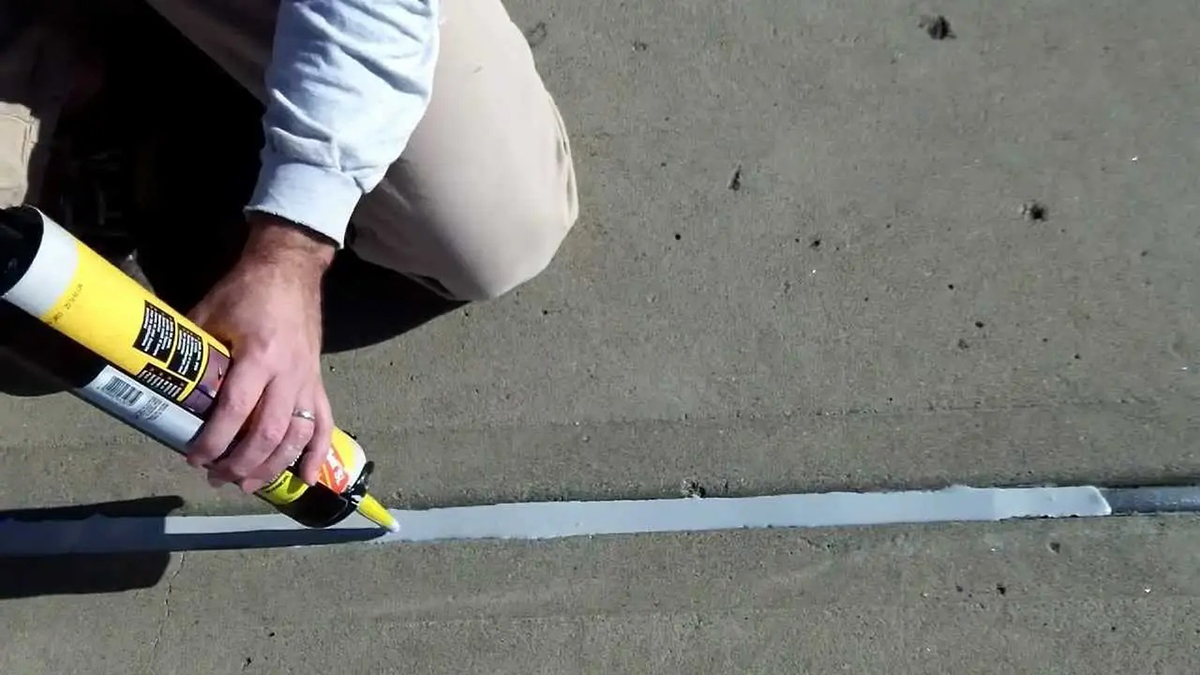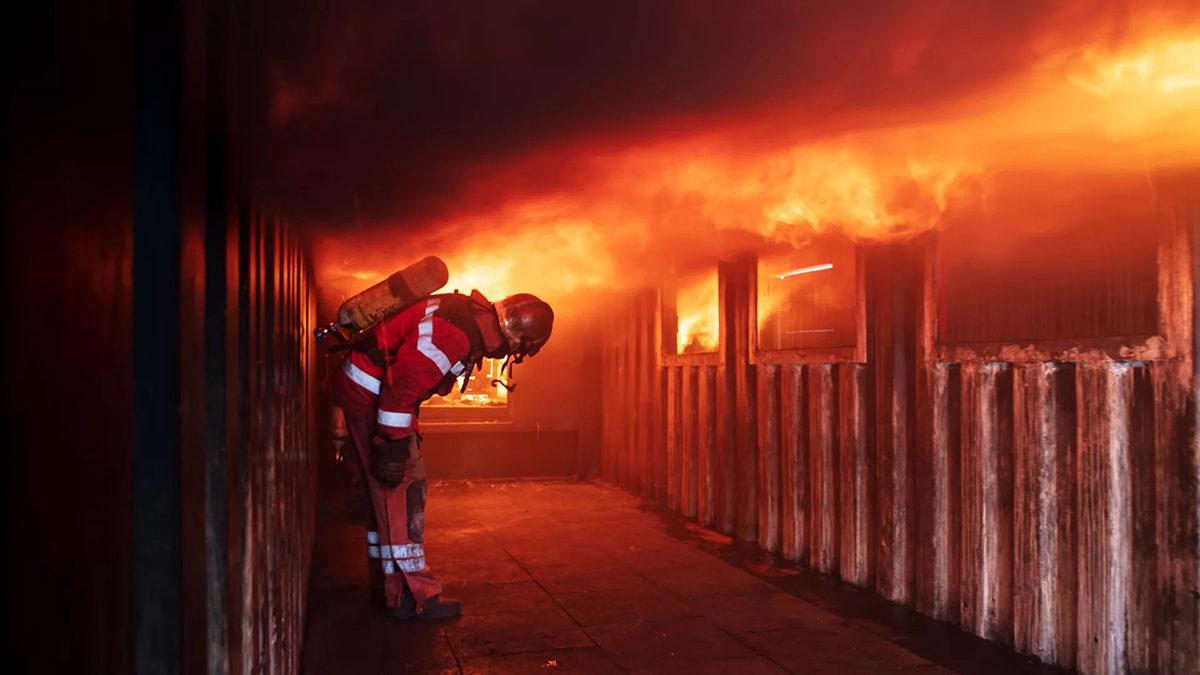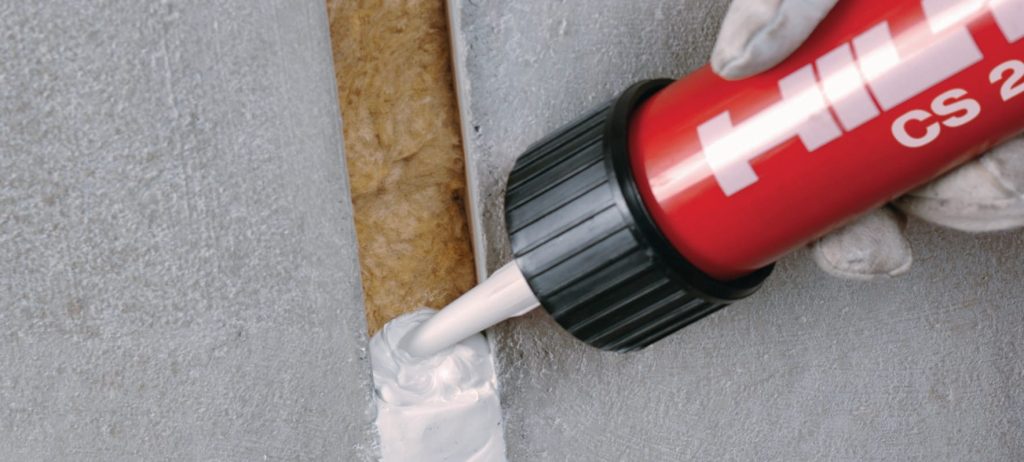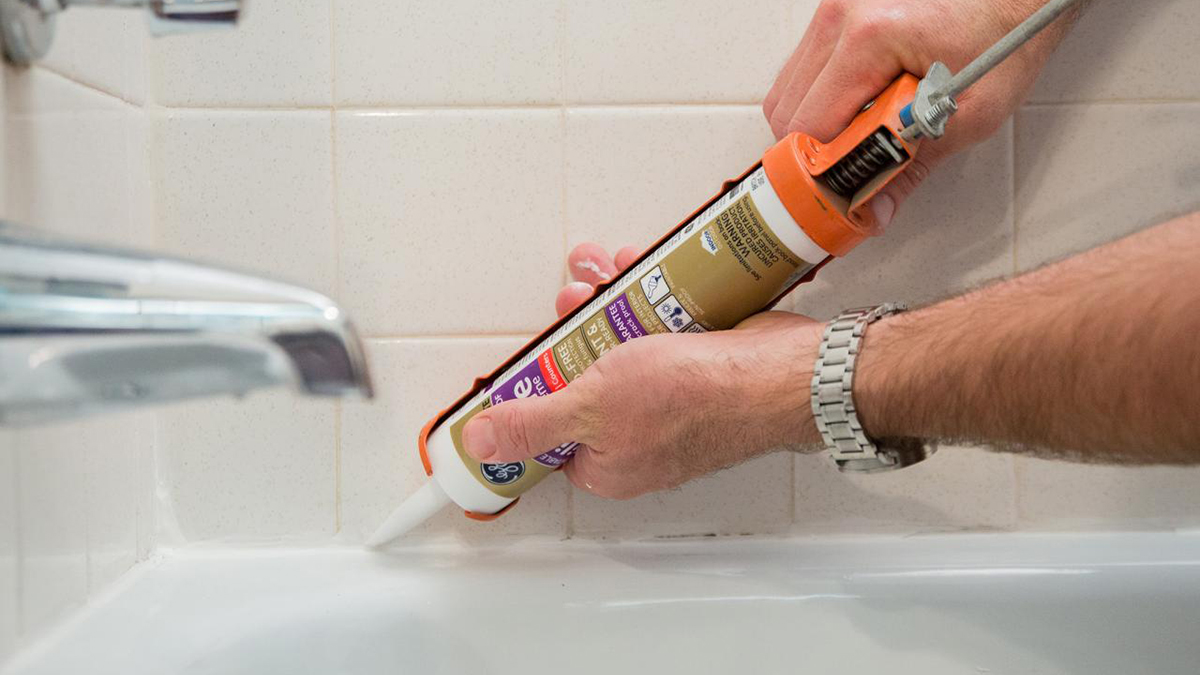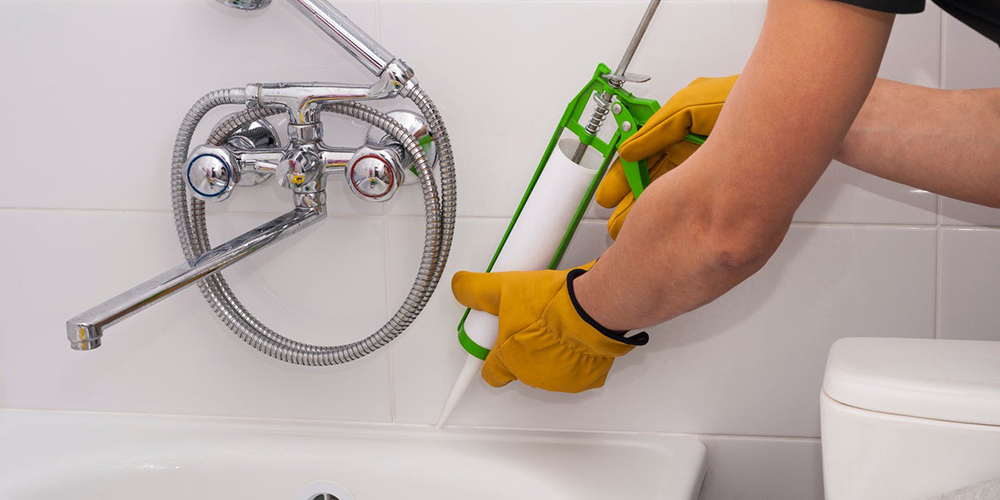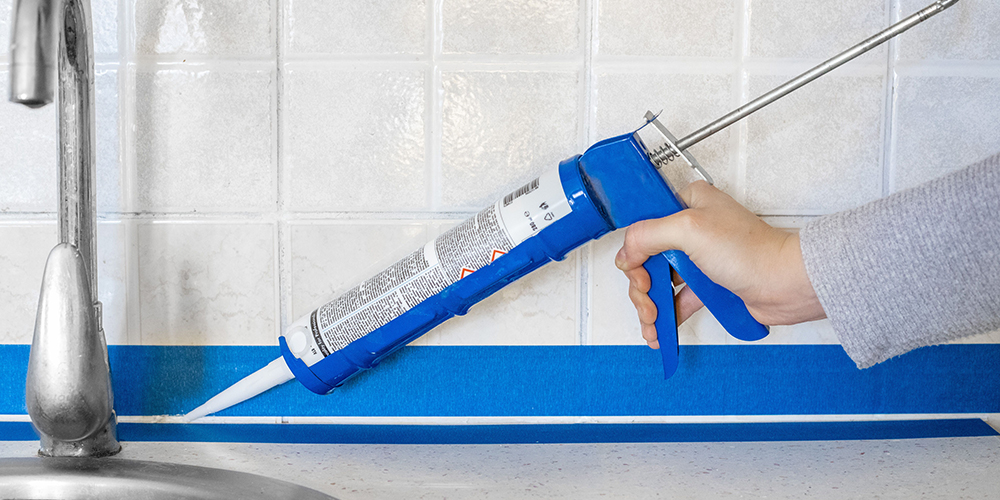The Critical Role of Routine Caulking
When it comes to the longevity and integrity of a building’s exterior, routine maintenance is essential. Among the myriad of maintenance tasks, caulking stands out as one that often goes overlooked, yet holds a pivotal role. Here, we delve into the critical role of routine caulking in exterior building maintenance.
What is Caulking?
Caulking refers to the process of sealing gaps, joints, and cracks in a building’s exterior. It involves applying a waterproof sealant, ensuring that moisture, wind, and pests remain outside. Caulking is not just about maintaining aesthetics; it also ensures the structural integrity of the building by preventing water infiltration, air leaks, and energy inefficiencies.
The Key Benefits of Routine Caulking
- Energy Efficiency: A well-caulked building ensures no air leaks, which means the HVAC system doesn’t overwork to compensate for temperature fluctuations. Over time, this can result in significant savings on energy bills.
- Protection from Water Damage: Caulking acts as a barrier, preventing rain, snow, or moisture from seeping into the walls. By doing so, it minimizes the risk of water damage, mold growth, and rot.
- Pest Prevention: Small openings can invite a host of unwanted pests, from insects to rodents. Caulking these gaps can make a building less hospitable to such nuisances.
- Enhanced Longevity: Proper caulking reduces the wear and tear on a building, prolonging its life and reducing the need for costly repairs or replacements.
Signs that Caulking Needs to be Addressed
While caulking is durable, it doesn’t last forever. Several signs indicate the need for re-caulking:
- Visible Cracks or Gaps: Over time, caulk can shrink or deteriorate, leading to visible cracks. This is a clear sign that re-caulking is necessary.
- Drafts or Increased Energy Bills: If there’s a sudden spike in your energy costs or noticeable drafts, failing caulk might be to blame.
- Moisture or Mold Inside: If moisture starts appearing on the interior walls, or if mold growth is observed, it could be due to compromised caulking.
- Aesthetic Issues: Old, discolored, or peeling caulk can detract from a building’s appearance. For aesthetic reasons alone, periodic re-caulking is worthwhile.
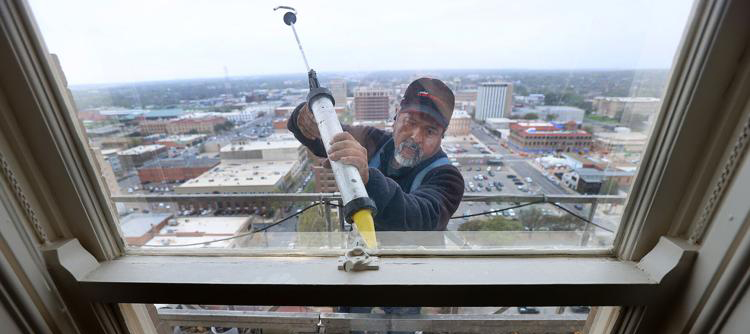
The Importance of Using the Right Caulking Material
Not all caulking compounds are created equal. Depending on the building material and the climatic conditions, different caulking materials may be required:
- Silicone Caulk: Great for non-porous surfaces and known for its flexibility and longevity.
- Latex Caulk: Best suited for interior applications but can be used outdoors when properly painted over.
- Polyurethane Caulk: Ideal for masonry and concrete, this type offers a strong bond and is highly durable.
Routine Caulking: Best Practices
- Frequency: Ideally, an inspection of the building’s exterior should be conducted annually. This helps in identifying any areas that need re-caulking.
- Weather Conditions: It’s best to apply caulk during dry weather, with temperatures above 45°F for optimum adherence.
- Surface Preparation: Before applying new caulk, the old, damaged caulk must be thoroughly removed, and the surface cleaned and dried.
- Tool Appropriately: After applying the caulk, it’s crucial to smooth it out, ensuring a firm and even seal. This can be achieved using a caulking tool or a simple finger (with safety precautions, of course).
Conclusion
Routine caulking is an essential aspect of exterior building maintenance. It not only keeps the structure looking pristine but also safeguards it from various potential damages. Investing in regular caulking checks and applications ensures a building remains energy-efficient, free from pests, and devoid of moisture-related damages. As with many things in life, a little prevention, in the form of routine caulking, can save a lot of time, hassle, and money in the long run. Whether you’re a building owner, manager, or inhabitant, recognizing the critical role of caulking can lead to a safer, more efficient, and more durable structure.
Contact General Seal Today for your Building Maintenance requirements

